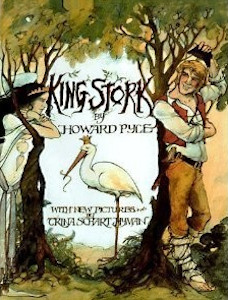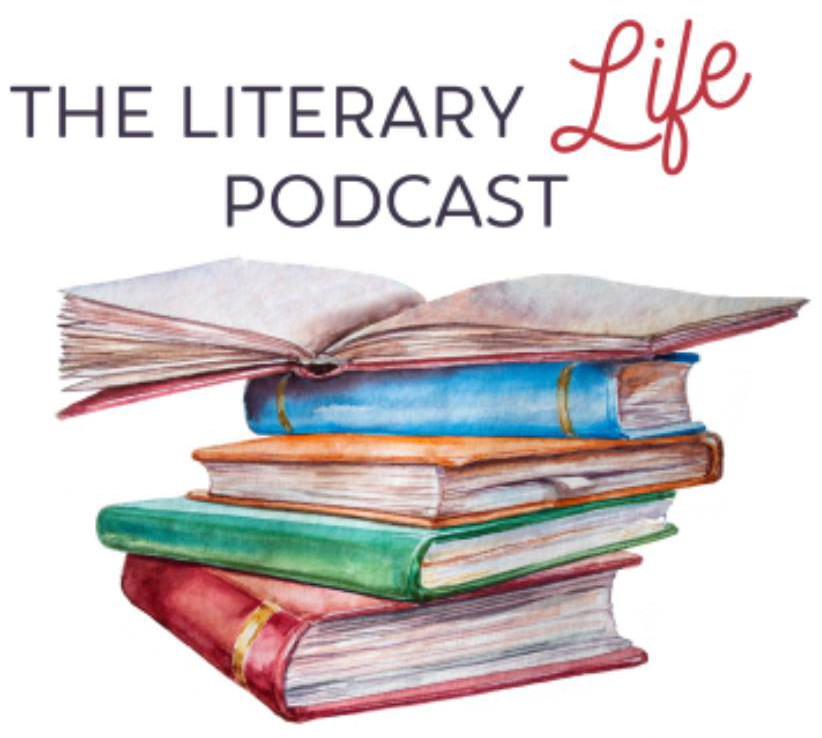King Stork

Content:
King Stork by Howard Pyle ![]() Complete Authored Works
Complete Authored Works
Illustrator:
Trina Schart Hyman
Publication:
1973 by Little, Brown & Company
Genre:
Fairy Tales, Fantasy, Fiction, Folk Tales, Short Story
Pages:
48
Current state:
This book has been evaluated and information added. It has been read but content considerations may not be complete.
Book Guide
Search for this book used on:
Here is a story that is filled with all the things a good tale should have — magic, a handsome hero, a beautiful, heartless princess, and an evil witch.
Howard Pyle first told the story to King Stork in his classic collection, The Wonder Clock. Trina Schart Hyman has now chosen to fully illustrate it in a style that is both bold and clever.
Anyone who loves vigorous stories that have beautiful pictures should turn at once to the first page of this exciting book. From the first edition dust jacket
To view an example page please sign in.
Content Guide
Please sign in to access all of the topics associated with this book and view other books with the same topics.
For information about the lead characters please sign in.
Please sign in to discover interesting content included in the illustrations of this book.
Please sign in to access information about the content of this book that you may want to consider before reading.
Please sign in to read quotes from this book.
Resource Guide
Episode 70: Why Read Fairy Tales?
Released in 2020 by The Literary Life
Available formats: Streaming Audio
Length: 1 hr. 29 min.
View on the The Literary Life site
"Angelina Stanford and Cindy Rollins tackle the topic of fairy stories, discussing the what, why and how of reading them. Angelina shares the distinctive characteristics of fairy stories in contrast to other types of stories, such as myths. They deal with the question of whether fairy tales are 'escapist', the influence of the Grimm brothers scholarly work on interpreting fairy stories, and allowing the story to unveil its deeper truths without forcing meaning onto it.
Angelina gives an illustration of how to see the gospel messages in fairy tales by talking us through the story of Sleeping Beauty. She refutes the ideas that fairy tales are about human romance or are misogynistic. She also highlights some of the Enlightenment and Puritan responses to fairy tales that still linger with us today. Cindy and Angelina also discuss some common concerns such as the magical, weird, or scary aspects of fairy tales. Angelina also makes a distinction between folk tales, literary fairy tales, and cautionary tales."
Find This Book
Search for this book used on:



